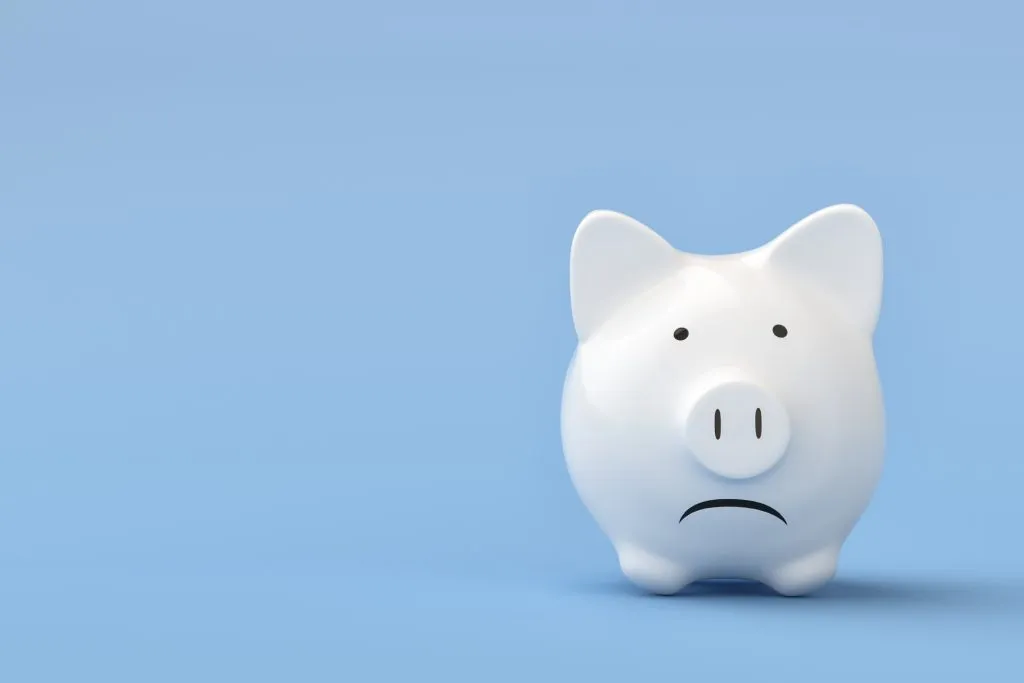Inflation has a profound impact on our purchasing power, especially when it comes to retirement savings. In this article discover:
- How inflation erodes your retirement savings
- The long-term impact of rising prices
- How to find strategies to protect your retirement fund from the effects of inflation
The Aftermath of Inflation
In the past 60 years, the rise of inflation has taken a toll on almost every aspect of our lives. For example, in 1960, a gallon of regular milk rang in around $0.31. Today, that same gallon of milk will cost you about $3.77. That is a 1,116% increase on the exact same item. So when we consider this large of a jump on regular goods and services, what can we expect from the buying power of our money, including our retirement savings? When taking our savings into account it is important to think about what amount will actually be left after inflation.
The Effects of Inflation Over Time
Inflation is a concept that can sneak up on us in ways more impactful than we could have initially thought. If inflation rates continue to stay around 7%, the long-term effects of our retirement savings will take a major hit. The buying power of, let’s say 1 million dollars, would decrease by about half, leaving you with only $508,350 over 20 years. You may think that 7% is a lot and no way it stays that way, but that is where inflation can get sneaky in its effect. Even if the rate is lowered to 2%, your million dollars still decreases to a purchasing power of $672,971 over 20 years. That is still substantial and quite unexpected!
Will It Ever End?
Many factors influence the future of inflation, but in short, we don’t know if it will end. Due to the ongoing pandemic, supply chain disruptions, labor shortages, and monetary policy have been major problems that have led to the increase of goods, services, and rent prices. These jumps are hitting the US hard, and it has led to 49% of small businesses in December saying they will raise their prices in the next 3 months, according to the National Federal of Independent Business. So while we can be hopeful that inflation may slow or end, we may not be on that track quite yet.
Inflation History
When thinking about the effects of inflation we should also consider the impact that it has on purchasing power, and thus, economic growth. The Great Recession was the last time in history that the inflation rate was over 5%, and a 1970s-style stagflation is also being predicted by economists due to the high unemployment rates and energy prices in 2021. To put the effect of this rate of inflation into perspective, the purchasing power of $100 in 1960 is now down to a measly $11.24.
Whether or not we see a major market correction this year, there are still steps you can be taking to help protect your savings against inflation. The strategies you should take will depend on your personal needs, market risk tolerance, and income needs, and that is where Moore’s Wealth Advisory can help. Sign up for a complimentary financial review and learn more about how we can begin your journey to smarter savings today.


